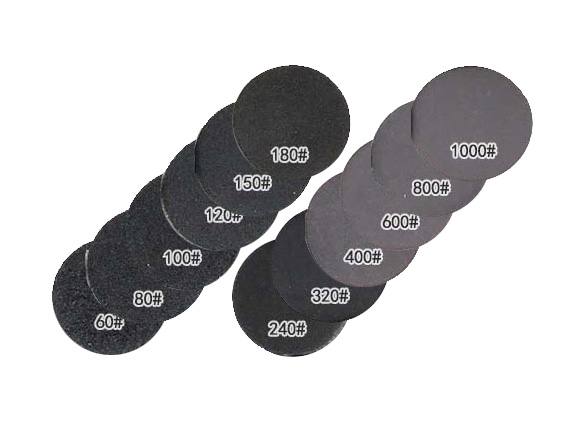
I found this excerpt in American Woodturner, Vol. 11, No 2, June 1996; “Finishing Overview; Understanding the Choices”, by Alan W. Hollar.
Mr, Hollar closes his lengthy article about finishes with these words concerning the pre-finish process, sanding. He states:
… Tearout, sanding swirls, raised or torn fibers, scratches, or defects of any kind will probably be magnified when you apply a finish, so you must take care to carry out the preparation of your work.
Cut as cleanly as possible, but if you have 80-grit damage, start with 80 grit, and use it until any unwanted tooling or ragged wood is gone. Step up through the grits; don’t leap three or four grits at a time. The time you save sanding you will lose attempting to get a decent finish. This is especially important if you’re planning to stain or use oil finishes, since oils and stains — both dye and pigment — collect in torn fibers and scratches, turning what was once almost invisible into a dark, ugly magnet for the eye.
Keep your hands clean. A bit of honing oil can have undesirable consequences by interfering with some finishing materials, particularly water-borne top coats. The end of the work is in sight when you start sanding, but this is no time to skimp on effort or attention.
— by Alan W. Hollar
I find it interesting that this message has been preached these last 25 years, even longer when you think about how long it takes for someone to realize it is important enough to publish, yet we still have to answer these questions on a regular basis.
While Russ Fairfield, Captain Eddie, and many others beat the drum to go all the way back to begin the sanding process, there are still so many who espouse the notion that it is a proper procedure to begin the sanding process at 240 or even higher grits. When we start our sanding at 100 grit, or even lower, we cause the entire surface of the work to be the same, homogeneous if you will. Then, as we progress through the grits, we bring the entire piece up to where we want it to be, all at the same time, to the same level of preparedness. As Hollar implies in his article, skipping grits, or starting at a higher grit than we should, only costs us time on the back end as we make the corrections to get the perfect finish we are looking for.
One last thought that is implied in the first line of this excerpt, sometimes those scratches and/or defects are un-noticable to the naked eye. We can’t even feel them. Yet they are there. If we make it a habit to begin our sanding with 80 or 100 grit, we no longer need to worry about that stray line, torn grain, defect popping up when we get that first coat of finish on the piece. We will have taken care of it in the beginning of our sanding process and eliminated it from our concern.
I submit this to us all, not to chastise, but to encourage all of us to prepare our work well for the finish that will enhance the beauty of the wood and take our work from “that’s nice” to “WOW!”
Spin ’em round,
Doug Miller in Kentucky
